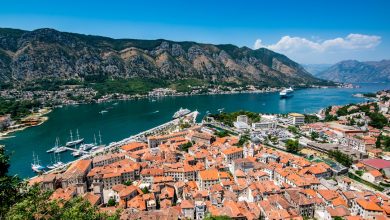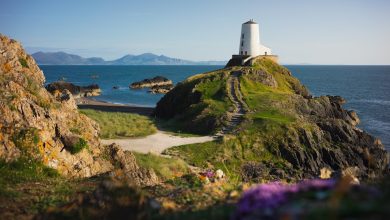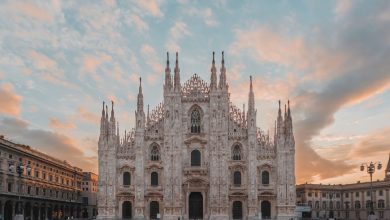
Provence, located in the southeastern region of France, is a captivating destination known for its stunning landscapes, rich history, and vibrant cultural heritage. Whether you’re drawn to the charming villages, bustling markets, or the delectable local cuisine, a comprehensive Provence travel guide is essential for an unforgettable experience. From the best time to visit and top attractions to cultural etiquette and packing tips, this guide covers everything you need to know before embarking on your Provence adventure. So, let’s delve into this Provence travel guide and ensure you’re well-prepared for an immersive and enriching journey.
Introduction to Provence
Provence, located in the southeastern region of France, is a captivating destination known for its stunning landscapes, rich history, and vibrant culture. From its picturesque lavender fields and charming villages to its delectable cuisine and renowned wines, Provence offers an unforgettable experience for travelers. Here’s what you need to know before embarking on your adventure to this enchanting region.
Provence Travel Guide: What Makes it Special
- Diverse Landscapes: From the iconic coastal areas of the French Riviera to the rolling vineyards and olive groves of the countryside, Provence boasts a diverse array of landscapes that will leave visitors in awe.
- Rich History and Heritage: With a history dating back to Roman times, Provence is adorned with fascinating historical sites, including ancient ruins, medieval castles, and impressive Roman amphitheaters.
- Art and Culture: The region has long been an inspiration for artists like Vincent van Gogh and Paul Cézanne, and its influence is evident in the numerous art galleries, museums, and colorful markets that are scattered throughout Provence.
- Culinary Delights: Provencal cuisine is a highlight for food enthusiasts, with its emphasis on fresh, locally-sourced ingredients and flavorful Mediterranean dishes, such as ratatouille, bouillabaisse, and the world-famous Provençal rosé wines.
Whether you’re drawn to the serene countryside, the vibrant cities, or the coastal allure, Provence is a destination that promises a truly memorable and authentic experience.
Remember these key points when planning your trip to Provence, and get ready to immerse yourself in the charm and beauty of this extraordinary region.
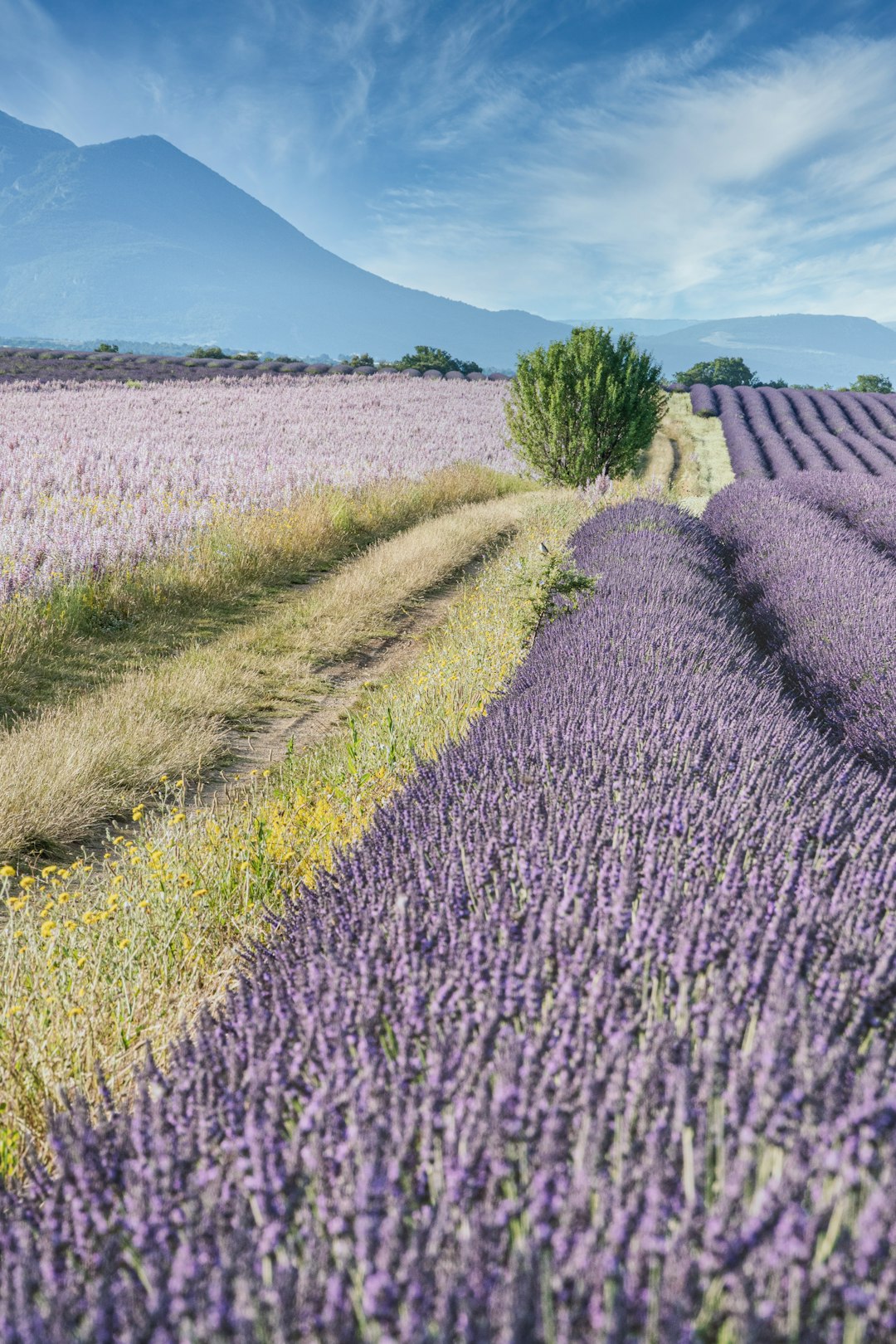
Best Time to Visit Provence
When planning your trip to Provence, it’s crucial to consider the best time to visit to make the most of your experience. The region experiences varying weather patterns throughout the year, influencing the type of activities and attractions available. Here’s a breakdown of the best times to visit Provence:
- Spring (March to May):
- The region blooms with vibrant colors during spring, making it an ideal time for nature enthusiasts.
- The weather during spring is pleasantly warm, perfect for outdoor activities like hiking, cycling, and exploring the countryside.
- Provence hosts numerous local festivals and events during spring, offering a great opportunity to immerse yourself in the local culture.
- Summer (June to August):
- Summer is the peak tourist season in Provence, characterized by long, sunny days and warm temperatures.
- This time of year is perfect for indulging in outdoor activities, visiting lavender fields in full bloom, and enjoying the beautiful beaches along the Mediterranean coast.
- Keep in mind that the summer months tend to be crowded, so make sure to book accommodations and attractions in advance.
- Fall (September to November):
- Fall is another fantastic time to visit Provence, as the weather remains pleasant, and the summer crowds begin to disperse.
- The vineyards are bustling with activity during the grape harvest season, offering wine enthusiasts a unique experience with wine tastings and vineyard tours.
- Additionally, fall is an excellent time to explore the region’s historic villages and landmarks without the summer crowds.
- Winter (December to February):
- While Provence experiences milder winters compared to other regions, it’s the offseason for tourism.
- The winter months offer a more tranquil and authentic experience, ideal for travelers seeking a peaceful retreat and want to explore the region’s cultural and historical attractions.
- Keep in mind that some smaller towns and attractions may have limited operating hours during the winter season.
By considering the seasonal highlights and your personal preferences, you can choose the best time to visit Provence based on what you hope to experience during your trip. Whether you prefer the lively atmosphere of summer or the tranquility of winter, Provence has something special to offer throughout the year.
Getting around Provence
When visiting Provence, getting around the region is essential to make the most of your trip. With its picturesque countryside and charming villages, it’s important to choose the best transportation options to travel comfortably and efficiently. Here are the best ways to navigate through Provence:
- Car Rental: Renting a car is the most convenient way to explore Provence. It provides the flexibility to visit off-the-beaten-path locations and scenic viewpoints. Keep in mind that parking in popular tourist areas can be challenging during the peak season.
- Public Transportation: Provence offers a reliable network of buses and trains, making it easy to travel between major cities and towns. The regional bus services are cost-effective, while the train system is efficient for longer journeys. However, for exploring remote areas, public transportation might be limited.
- Cycling: For a more adventurous and eco-friendly way to discover Provence, consider renting a bicycle. There are numerous cycling routes that allow you to experience the stunning landscapes at a leisurely pace.
- Guided Tours: Opting for guided tours is a hassle-free way to explore the region’s attractions. Whether it’s a wine-tasting tour or a cultural excursion, local guides provide insightful commentary and ensure a memorable experience.
- Walking: In cities like Aix-en-Provence and Avignon, exploring on foot is a pleasant way to soak in the local culture and ambiance. Many attractions and dining options are within walking distance in these charming towns.
Considering the diverse terrain and various transportation options, a combination of rental car, public transport, or guided tours can offer the most comprehensive experience when navigating through Provence. Whether you’re traveling solo, as a couple, or with family, there are transportation choices to suit every traveler’s preferences.
Remember, when planning your journey to Provence, it’s important to factor in the time it takes to travel between destinations to ensure a smooth and enjoyable trip.
Utilizing a combination of these transportation options will give you the flexibility to explore Provence at your own pace, from the lavender fields of Plateau de Valensole to the historic sites of Arles and beyond.
Top Attractions in Provence
When visiting Provence, you’ll be spoiled for choice when it comes to captivating attractions. From picturesque landscapes to historical sites, there’s something for every type of traveler. Here are some of the must-visit attractions that should be on every Provence travel guide:
- Palais des Papes: Explore the grand palace in Avignon, which was once the residence of the Popes in the 14th century. The impressive architecture and rich history make it a top attraction in the region.
- Lavender Fields: Experience the beauty and fragrance of the iconic lavender fields in Provence. The best time to see them in full bloom is from mid-June to mid-July, creating a breathtaking purple-hued landscape.
- Calanques National Park: Hike or sail through the stunning Calanques, a series of narrow inlets with crystal-clear turquoise waters. It’s a paradise for nature lovers and outdoor enthusiasts.
- Pont du Gard: Marvel at the well-preserved ancient Roman aqueduct, a UNESCO World Heritage site. The sheer size and architectural brilliance of this structure are truly awe-inspiring.
- Verdon Gorge: Embark on an adventure to the “Grand Canyon of Europe” and be amazed by the dramatic limestone cliffs and the emerald-green Verdon River.
- Aix-en-Provence: Immerse yourself in the charming streets of this historical town, known for its vibrant markets, stunning fountains, and the famous Cours Mirabeau.
Provence offers a diverse range of attractions that cater to every interest, from history and architecture to natural beauty and cultural experiences. With this Provence travel guide, you can plan an itinerary that ensures you don’t miss out on these unforgettable sites.
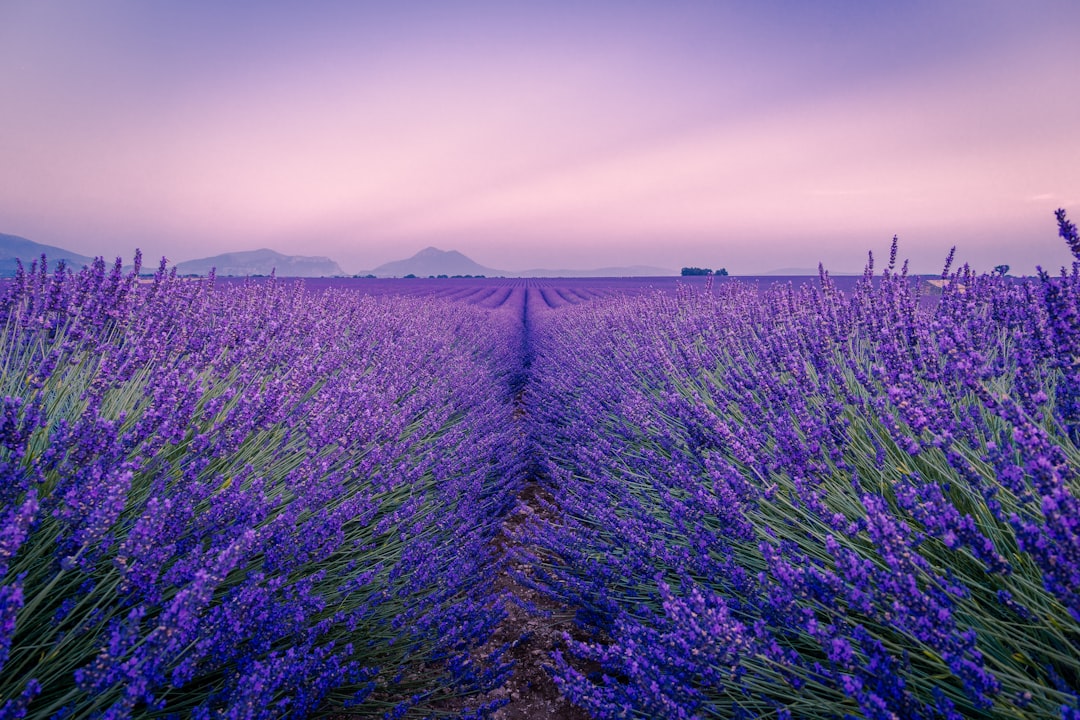
Local Cuisine and Dining Options
When visiting Provence, you are in for a treat with its delightful local cuisine and dining options. The region is renowned for its fresh, flavorful dishes that showcase the best of Mediterranean cuisine. Here’s everything you need to know about savoring the local flavors during your visit:
- Provencal Cuisine: Indulge in the vibrant flavors of Provencal cuisine, which heavily relies on fresh, seasonal produce, olive oil, and fragrant herbs like thyme, rosemary, and oregano. Classic dishes such as Ratatouille, Bouillabaisse, and Pissaladière are must-tries for any food enthusiast.
- Open-Air Markets: Immerse yourself in the local food culture by visiting the bustling open-air markets that offer an array of fresh fruits, vegetables, cheeses, and artisanal goods. Sample succulent olives, aromatic lavender honey, and other regional specialties.
- Local Wine: Pair your meals with the region’s exquisite wines. Provence is famous for its refreshing rosé wines, which perfectly complement the Provencal cuisine. Take a tour of the vineyards or enjoy a wine tasting session to experience the diverse flavors of the local wines.
- Dining Options: From charming family-owned bistros to upscale Michelin-starred restaurants, Provence offers a wide range of dining options to suit every palate and budget. Whether you’re exploring the streets of Aix-en-Provence or touring the countryside, you’ll find quaint eateries serving delectable dishes.
In summary, exploring the local cuisine and dining options in Provence provides a rich and flavorful experience that adds an extra dimension to your travels. Whether you’re a food lover or simply enjoy trying new dishes, Provence offers a gastronomic adventure that is not to be missed during your visit.
Remember, part of the pleasure of traveling is discovering new cuisines and delighting in the local dining customs. So, take your time, soak in the flavors, and relish every bite during your stay in Provence.
Accommodation options in Provence
When embarking on a trip to Provence, it’s crucial to secure comfortable and convenient accommodations. Whether you prefer luxurious hotels or cozy bed and breakfasts, there are various options to suit every traveler’s preferences and budget. Here’s a breakdown of the accommodation options you can consider for your stay in Provence:
- Charming Boutique Hotels: Provence is renowned for its charming boutique hotels nestled within historic buildings or picturesque countryside. These hotels offer an intimate and unique experience, often featuring exquisite local decor and personalized service. They are perfect for travelers seeking a blend of luxury and authenticity during their stay in Provence.
- Rustic Farmhouse Stays: For a more immersive and rustic experience, consider staying at a traditional farmhouse or agriturismo in the Provencal countryside. These accommodations offer a peaceful retreat amidst vineyards, lavender fields, and olive groves, allowing guests to savor the region’s natural beauty and tranquility.
- Quaint Bed and Breakfasts: Travelers desiring a cozy and homely atmosphere can opt for a stay at one of the many charming bed and breakfasts scattered across Provence. These accommodations often provide a warm welcome, personalized hospitality, and a delightful home-cooked breakfast, making guests feel like they are part of a local family.
- Luxurious Spa Resorts: Provence also boasts a selection of luxurious spa resorts, where guests can indulge in pampering spa treatments, wellness activities, and gourmet dining. These resorts are ideal for travelers seeking relaxation, rejuvenation, and a touch of indulgence during their Provence getaway.
Comparing these options, visitors to Provence can choose accommodations that best fit their preferences, whether it’s a boutique hotel for a touch of luxury, a farmhouse stay for rustic charm, a bed and breakfast for a homely experience, or a spa resort for ultimate relaxation. With careful consideration, finding the perfect lodging can elevate your experience in this breathtaking region.
Cultural Etiquette and Tips
When planning your trip to Provence, it’s essential to familiarize yourself with the local cultural etiquette. Here are some key tips to keep in mind for a smooth and respectful experience during your visit:
Respect for Traditions
- Greetings: When meeting someone for the first time, a handshake is the customary form of greeting. In more formal settings, it is polite to address people with their titles, such as “Monsieur” or “Madame.”
- Dress Code: While Provence is known for its relaxed atmosphere, it’s important to dress neatly and modestly when visiting churches and other religious sites. Women should carry a shawl or scarf to cover their shoulders if needed.
Dining Customs
- Meal Times: In Provence, lunch is typically a leisurely affair and may last for a few hours. Dinner is usually served later in the evening, often starting around 8 pm. Respecting these dining customs shows appreciation for the local way of life.
- Tipping: Tipping in restaurants is common but not as generous as in some other countries. A 5-10% tip is appreciated for good service.
Language
- French Language: While many locals in Provence do speak English, it’s always appreciated when visitors make an effort to speak basic French phrases. Simple greetings like “bonjour” (hello) and “merci” (thank you) go a long way in showing respect for the local culture.
Social Customs
- Time for Leisure: The Provencal way of life is relaxed, and social interactions are unhurried. Embrace the slower pace and take the time to savor the beauty of the surroundings.
- Respect for Privacy: While the locals are friendly, it’s important to respect their privacy. Always ask for permission before taking photographs of people or their property.
By keeping these cultural tips in mind, you can ensure a more enriching and enjoyable experience during your exploration of Provence. Provence Travel Guide.
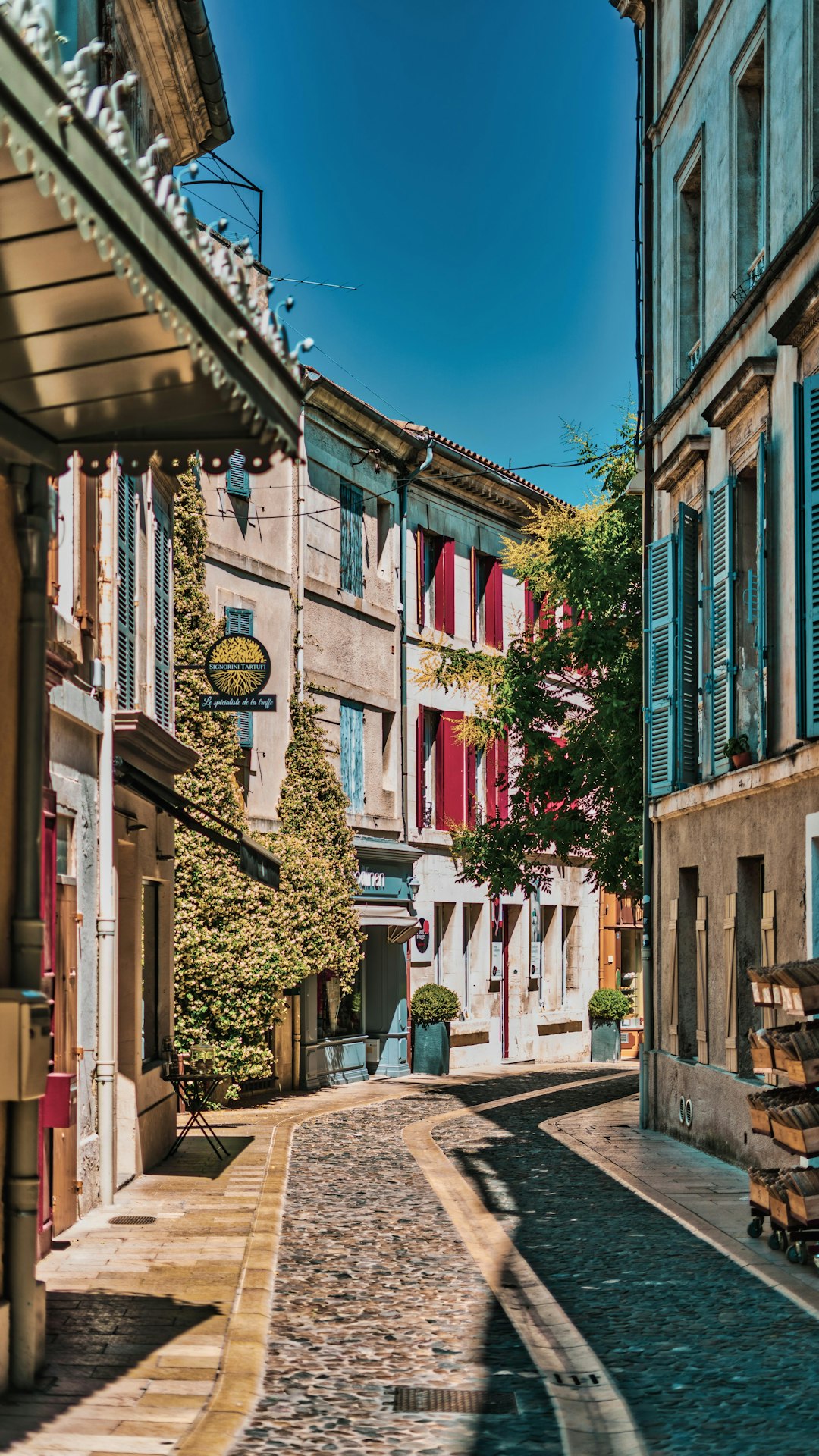
Packing Tips for a Trip to Provence
When preparing for your trip to Provence, it’s essential to pack wisely to ensure a comfortable and enjoyable experience. Here are some packing tips to help you make the most of your visit:
- Lightweight Clothing: Provence is known for its warm and sunny climate, especially during the summer months. Pack lightweight and breathable clothing such as cotton shirts, shorts, sundresses, and comfortable walking shoes. Don’t forget to include a wide-brimmed hat and sunglasses to protect yourself from the sun.
- Appropriate Attire for Cultural Sites: If you plan to visit churches, cathedrals, or other religious sites, it’s important to dress modestly. Carry a shawl or scarf to cover your shoulders and legs as a sign of respect.
- Versatile Layers: Evenings in Provence can be cooler, especially in spring and autumn. Pack a light jacket or sweater that you can easily layer over your daytime attire.
- Travel Adapters and Chargers: Ensure you have the appropriate travel adapters for your electronic devices to keep them charged and ready for use. It’s also wise to carry power banks for those long days of sightseeing.
- Reusable Water Bottle: Stay hydrated during your explorations by carrying a reusable water bottle. Provence’s sunny weather and outdoor activities make it essential to have water on hand at all times.
- Medications and First-Aid Kit: Do not forget to pack any necessary medications and a small first-aid kit for minor emergencies. While pharmacies are readily available, having essentials like pain relievers and bandages within reach can be reassuring.
By keeping these packing tips in mind and preparing for the Provence adventure, you’ll be ready to embrace all that this beautiful region has to offer.
Remember, a well-packed suitcase can significantly enhance your overall travel experience, allowing you to focus on enjoying the stunning landscapes, rich history, and delectable cuisine that Provence has in store for you.
